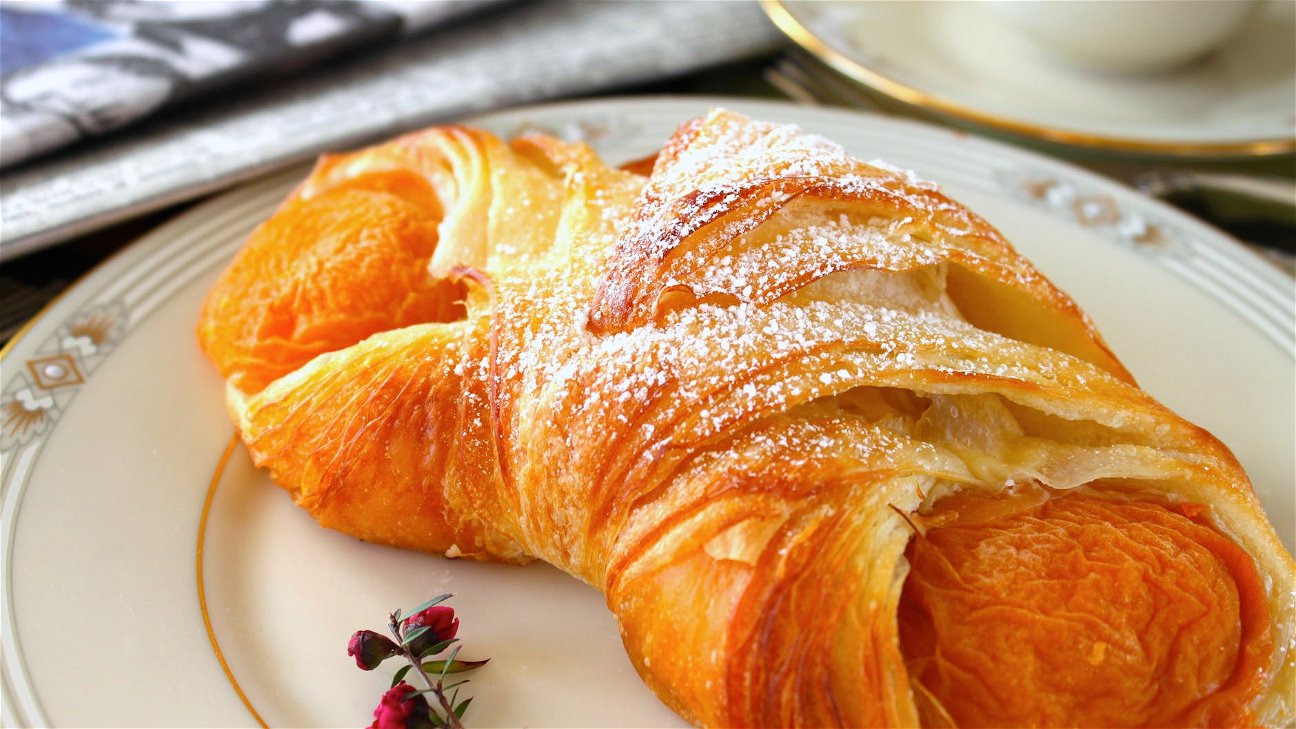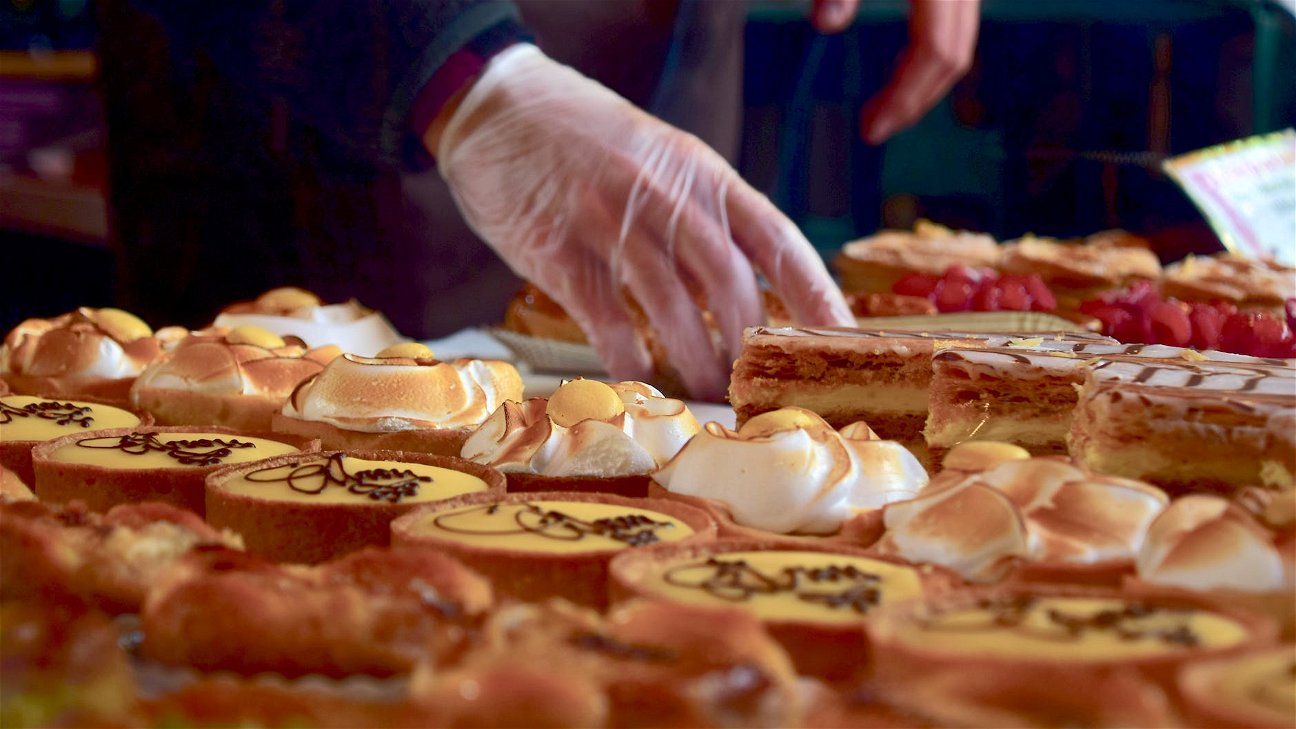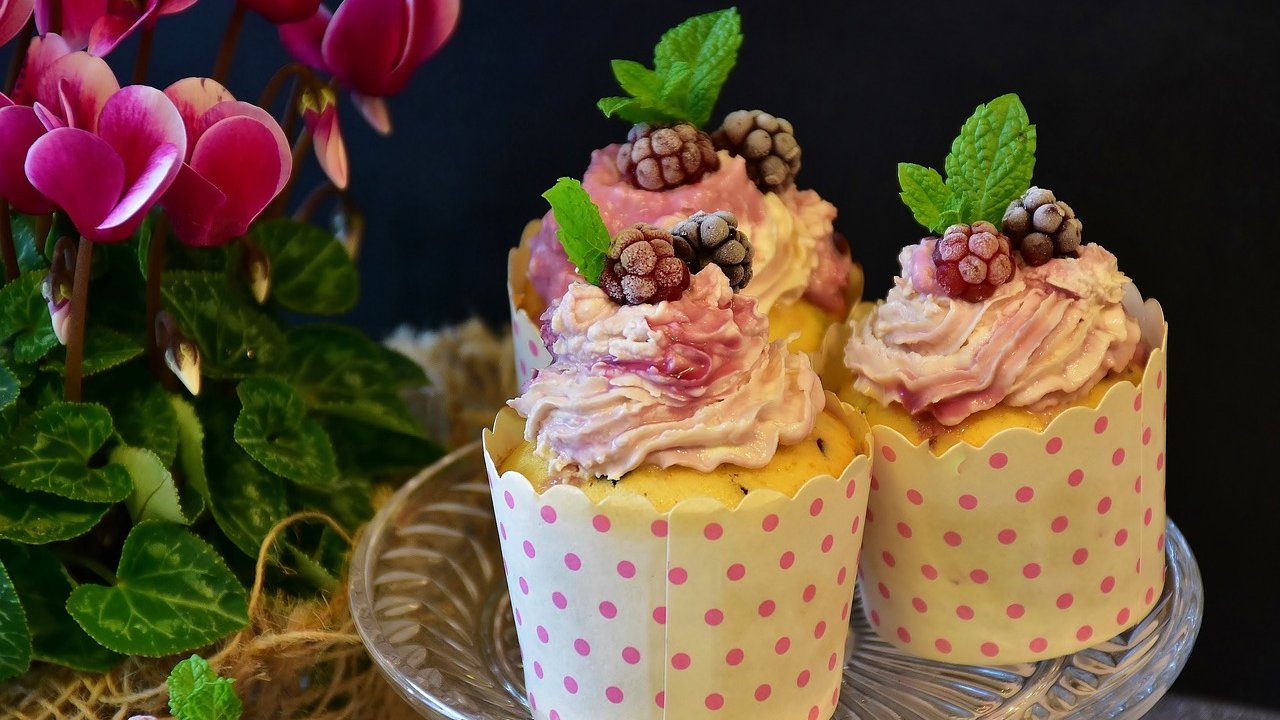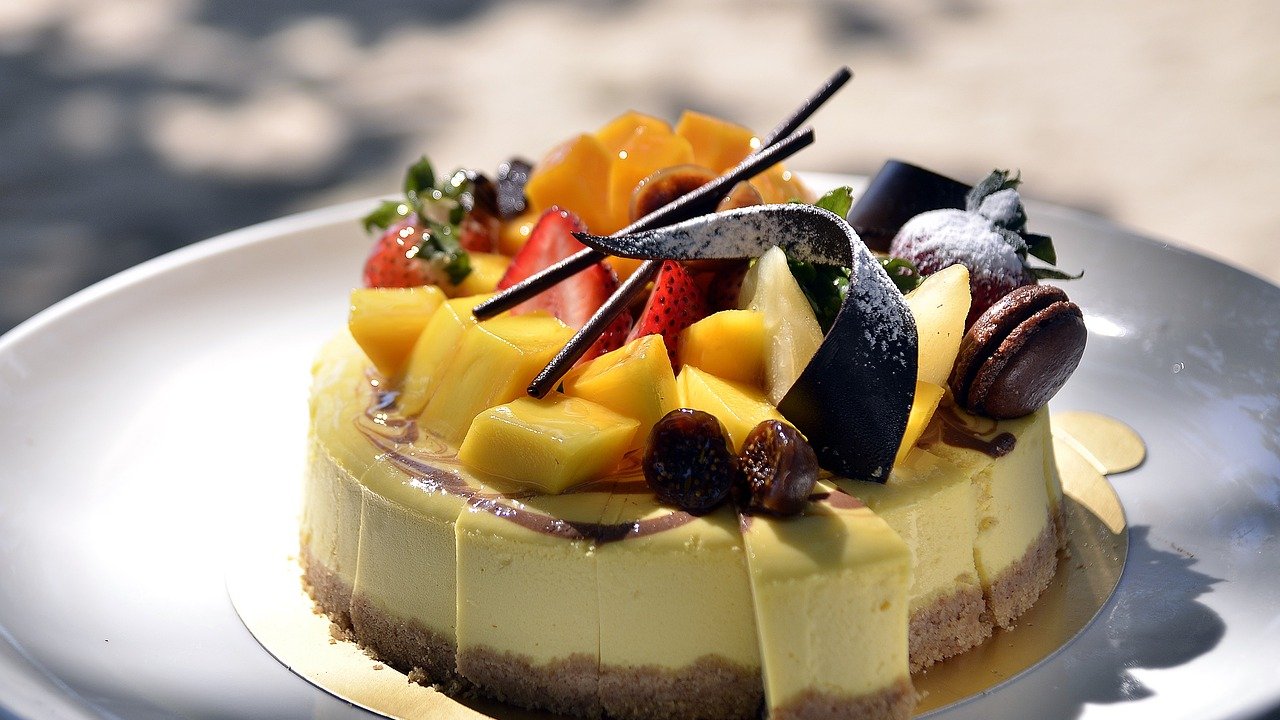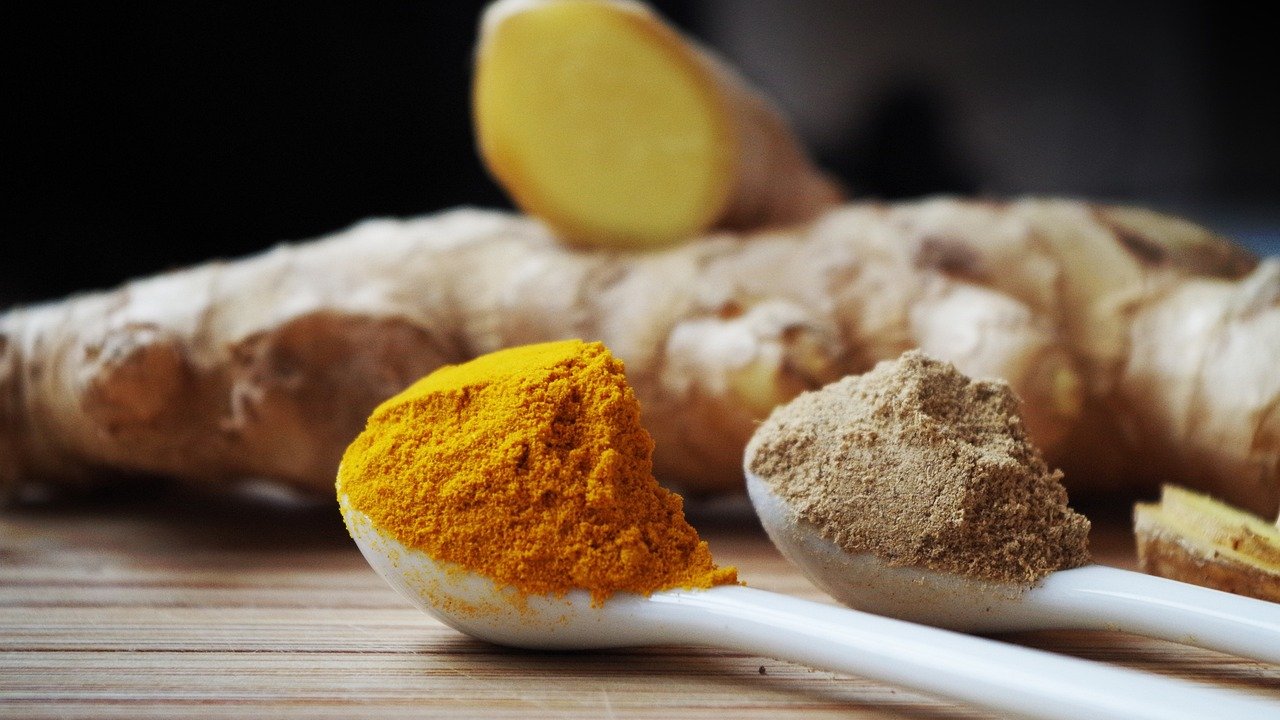
You've been there—excitedly whipping up a batch of jelly desserts, only to end up with a texture that's too stiff or too wobbly. The key to the perfect jelly texture lies in one ingredient: gelatin. Whether you're an experienced baker or a beginner, understanding how to use gelatin can elevate your jelly desserts from good to great.
Unraveling the mystery of gelatin
Gelatin is a protein derived from collagen, a natural substance found in the connective tissues of animals. It's odorless, tasteless, and colorless. When dissolved in warm liquid, it forms a gel upon cooling, creating the jiggly texture we associate with jelly.
There are two primary types of gelatin: powdered gelatin and gelatin sheets. Both work the same way, but their use can be different depending on the recipe.
Steps to use gelatin effectively
The perfect jelly texture is a balance of firmness and wobble, which can be achieved by using the right amount of gelatin. Here are some tips on how to use gelatin effectively in your baking.
-
Bloom the gelatin: This step involves sprinkling powdered gelatin over cold water and letting it absorb the liquid. It's crucial for activating the thickening properties of the gelatin.
-
Dissolve the gelatin: Once bloomed, the gelatin should be gently heated until it dissolves completely. This can be done in a microwave or a double boiler.
-
Mix with other ingredients: After the gelatin is dissolved, it can be mixed into your recipe. Ensure that it is thoroughly combined to prevent lumps.
-
Cool to set: The gelatin mixture needs to be cooled to set. This can take several hours or overnight.
-
Adjust to achieve desired firmness: The firmness of the jelly is determined by the gelatin-to-water ratio. More gelatin will result in a firmer jelly, while less gelatin will create a softer, more wobbly texture.
Understanding how to use gelatin effectively can help you achieve the perfect jelly texture in your baking. From blooming to setting, each step is crucial in creating a delicious, well-textured treat. So next time you're whipping up a batch of jelly desserts, remember these tips and let the gelatin work its wonders.


